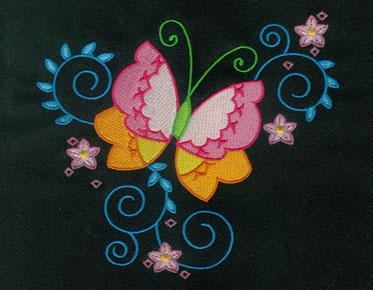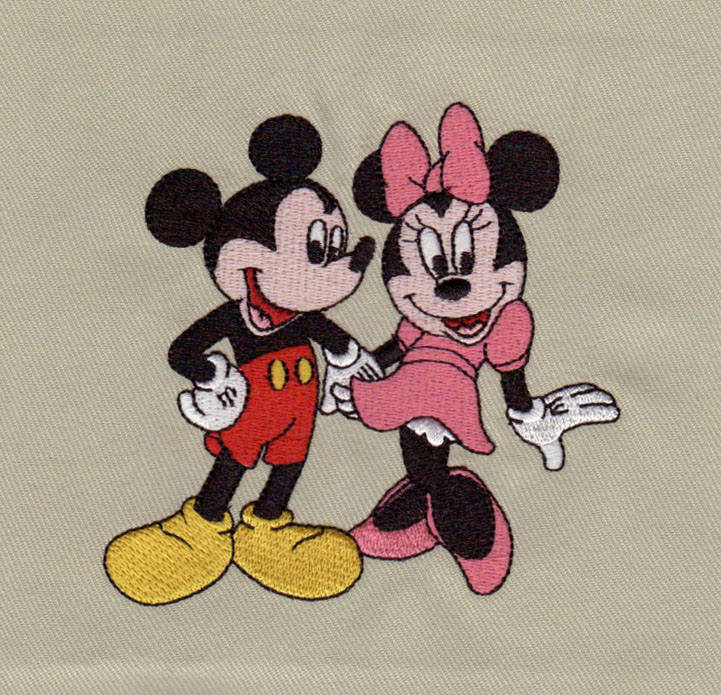The Art of Hand Embroidery: Learning Traditional Stitches
Embroidery, a timeless craft that has adorned textiles for centuries, is a captivating blend of artistry and skill. Hand embroidery, in particular, offers a personal and meditative journey into the world of stitches and embellishments. In this blog, we'll delve into the art of hand embroidery, exploring traditional stitches that form the foundation of this expressive and versatile craft.
The Time-Honored Craft of Hand
Embroidery
1. Embroidery as Art:
Hand embroidery is a form of artistic
expression that involves decorating fabric with needle and thread. This craft
has been passed down through generations, with each stitch contributing to the
rich tapestry of cultural and artistic heritage.
2. Materials Needed:
To embark on your hand embroidery journey,
you'll need a few basic materials:
●
Embroidery hoop
●
Fabric
●
Embroidery needles
●
Embroidery floss or thread
●
Scissors
●
Pattern or design
3. Selecting the Right Fabric:
Choose a fabric that complements the
complexity of your design. Lighter fabrics like cotton or linen are ideal for
beginners, while more experienced embroiderers may experiment with silk or even
tulle.
4. Getting Started:
Begin by securing your fabric in the embroidery hoop, ensuring it's taut but not stretched. This provides a stable surface for stitching and prevents puckering.
Essential Hand Embroidery
Stitches
1. Running Stitch:
The running stitch is one of the simplest and
most versatile embroidery stitches. It involves
creating a series of small, straight stitches on the fabric. This stitch is
often used for outlining and adding texture.
2. Backstitch:
The backstitch is a strong and secure stitch
used for outlining and creating defined lines. It involves stitching backward
and then bringing the needle forward to create a continuous line.
3. French Knot:
French knots add dimension and texture to your
embroidery. This stitch involves wrapping the
thread around the needle to create a small, raised knot on the fabric.
4. Chain Stitch:
The chain stitch is a looped stitch that
creates a linked chain-like pattern. It's versatile and can be used for
outlining, creating borders, or filling in areas.
5. Lazy Daisy Stitch:
The lazy daisy stitch is perfect for creating
flower petals or leaves. It involves stitching a loop and securing it with a
small anchor stitch.
6. Satin Stitch:
The satin stitch is used for filling in larger
areas with smooth, satin-like threads. It requires precision to create a
polished and even surface.
7. Cross Stitch:
Cross stitch is a popular stitch for creating
intricate patterns and designs. It involves making X-shaped stitches to form a
cross on the fabric.
8. Blanket Stitch:
The blanket stitch is often used for finishing
the edges of fabric or creating decorative borders. It forms a looped edge that
adds a rustic charm to your embroidery.
9. Feather Stitch:
The feather stitch resembles a series of open
feathers and is ideal for creating decorative borders or filling in shapes. It
adds a whimsical and organic touch to your embroidery.
10. Couching:
Couching involves securing a decorative thread onto the fabric with a contrasting thread. This technique is great for adding texture and dimension to your designs.
Learning and Practicing
1. Embroidery Patterns:
To practice these stitches and create
beautiful designs, consider using embroidery patterns.
Patterns provide a guide for stitch placement and help you develop your skills.
2. Online Tutorials and Classes:
Take advantage of online tutorials and classes
that offer step-by-step guidance. Many experienced embroiderers share their
knowledge, providing insights into techniques and tips for mastering stitches.
3. Joining Embroidery Communities:
Connect with fellow embroidery enthusiasts by
joining online forums or local embroidery groups. Sharing experiences and
learning from others can be both inspiring and informative.
4. Start with Simple Projects:
Begin with straightforward projects to build
your confidence. Gradually progress to more intricate designs as you become familiar
with different stitches and their applications.
5. Personalizing Your Embroidery:
Infuse your personality into your embroidery by experimenting with colors, thread types, and fabric choices. The beauty of hand embroidery lies in its individuality and the opportunity for creative expression.
The Therapeutic Benefits of Hand
Embroidery
Beyond the creation of beautiful textiles, hand embroidery offers therapeutic benefits for the mind and spirit. The repetitive nature of stitching promotes mindfulness and relaxation, providing a calming escape from the hustle and bustle of daily life. As you immerse yourself in the rhythmic flow of needle and thread, you may find a sense of fulfillment and accomplishment.
Preserving a Cherished Tradition
Hand embroidery is
more than a craft; it's a celebration of tradition, culture, and personal
creativity. By learning and practicing traditional stitches, you contribute to
the rich tapestry of embroidery's history while adding your unique thread to
the ongoing narrative of this timeless art form. Whether you're a beginner or
an experienced embroiderer, the art of hand embroidery invites you to explore,
create, and connect with a heritage that spans centuries.



